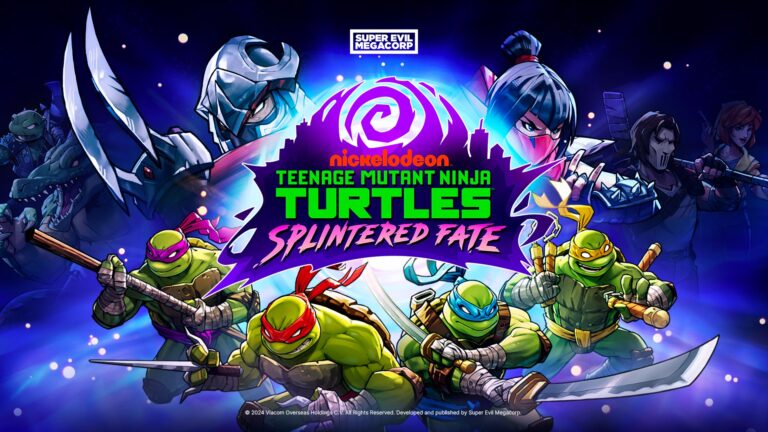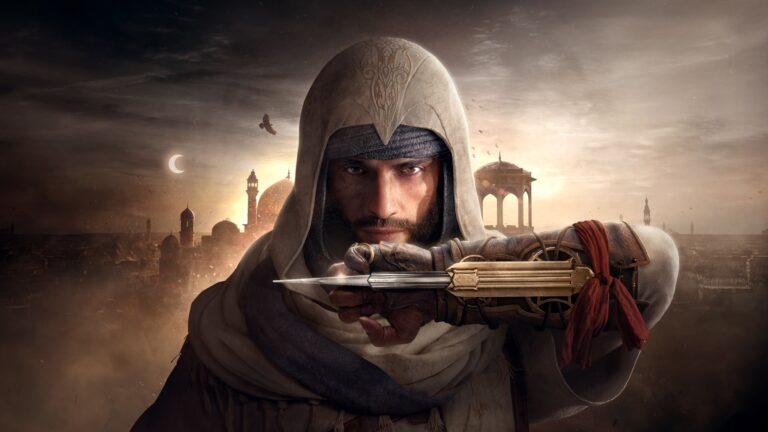Paper Mario: Origami King was an announcement no one—not even fans—saw coming. Dropped without any prior marketing or subtle teasing, Mario’s newest paper adventure is heading to Switch way sooner than anticipated. With a two minute trailer being the only concrete material fans have to work with, here are five things we would like to know before Paper Mario folds his way to our consoles.
5. Origami Abilities
Origami King’s new art direction paves the road for wacky new enemies, locales, and story moments. With a new Mario adventure comes new abilities at his disposal.
The only showcased ability was the 1,000-Folds ability, most likely imbued by Olivia, Mario’s origami companion and King Olly’s sister.
Extending Mario’s stubby arms, it could be used to fold and tear paper environments, revealing hidden secrets and allowing puzzle solving. It has been reported to be capable of more, like hitting things, but that has yet to be seen.
Origami as an art form is one that places the artist’s creativity at its forefront. Paper can be folded into anything the artist wills it to be. In the trailer, we see origami forms of a variety of things. Goombas, koopa-troopas, gliders, and more. With origami’s versatility in mind, there have to be more abilities for Mario aside from the already revealed one.
It will be exciting to see what sort of new gimmicks Mario will have up his sleeve by the power of origami.
4. Any degree of Customization?
RPG’s offer various ways for players to tackle their adventures. Runes, blessings, upgrades, etc. are all keywords used by such games to handle character progression and playstyles. The same used to be true for Paper Mario.
Earlier entries used the badge system. Badges were imbued with different properties and power-ups, giving characters distinct advantages and disadvantages. Certain badges gave health boosts while others beefed up Mario’s attack. These badges could be upgraded with the Badge Points Mario earned throughout his adventures.
Previous titles, Sticker Star and Color Splash, did away with those features completely. Doing so restricted player freedom and flexibility in combat. Mario and crew could no longer be played in the way gamers wanted. They were bound to be used in a linear fashion.
Seeing the return of a similar Badge-like system would be a fantastic way to give players more freedom as well as giving a feel for RPG-like character progression and skill trees—all in a fun, Paper Mario package.
3. Battle Partners
Though Mario often tackles his adventures solo, he often has a companion at his side to make the going easier. The ability to call on the power of allies is one that cannot be overstated, especially in the realm of RPGs, giving rise to the importance of parties.
However, Color Splash and Sticker Star removed battle partners (the official term for Paper Mario’s party members), turning both games into a monotonous Mario fest.
Two big things in Origami King allude to battle partners making their grand return. In the now deleted Chinese trailer, Mario was seen fighting alongside an Explorer garb-wearing Toad—though we didn’t see the Toad in action.
Also, one of the battle phase headers read: “Mario’s Turn”
Although this could simply be used to distinguish the player’s turn from the enemy’s, the specific naming of “Mario” points to other named characters participating in battles. Who and what they can do is not yet known, but hopefully they aren’t static cheerleaders standing idly by while Mario does all the fighting.
2. Actual In-Depth and Engaging Combat
Recent Paper Mario games received a hefty amount of criticism for their hollow, unengaging battle systems. As a core part of the genre, combat is what players spend a good portion of the game while playing RPGs. The more engaging they are, the better. It’s a simple equation. However, these were areas in which the last two Paper Mario games dropped the ball hard.
Color Splash’s inventory-based combat was tedious and mindless, not requiring much strategy to plow through enemies. Battles often played out the same way, with either Mario stomping or hammering enemies to death with the occasional, super-broken item to wipe out enemies. The lack of damage numbers for attacks also made it incredibly unengaging.
From the footage so far, Origami King has a more intricate system.
Each battle starts off in Ring-Combat mode, where players must align enemies along the ring’s multiple layers within a time and rotation limit to multiply damage output. It’s a short before-combat minigame akin to small input-based minigames from earlier titles players performed when winding up attacks.
Once the ring has been settled, players have options between ‘Items’ and ‘Weapons’ before they start dishing out the pain. After the action is chosen, combat begins—and damage is FINALLY detailed with numbers.
This system seems far more engaging than Color Splash and Sticker Star and harkens back to its more “classic RPG” roots. However, combat was showcased briefly throughout the footage, so there’s still a boatload of mechanics and features not yet revealed.
It would be nice to see the return of the original action point system “Flower Points”, used for special abilities and attacks, as they would spice up combat.
1. Where’s the Big L?
The King of Second Bananas. Nintendo’s favorite punching bag. Also, missing.
Where’s Luigi?
On the official Origami King page, it was written that both Mario AND Luigi were invited to Princess Peach’s castle at the game’s prelude. However, Luigi is suspiciously absent in all showcased footage.
Was he captured by King Olly and origami-fied? Did he escape alongside Mario? Has he been relegated to NPC status? Is he staying home, taking care of laundry?
His fate remains unknown.
Hopefully, all the answers will be revealed when Paper Mario: Origami King drops on July 17, 2020.
Stay tuned at Gaming Instinctsvia Twitter, YouTube and Facebook for more gaming news.
No related posts.





